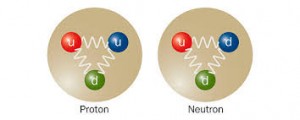 Хотя с момента публикации знаменитой статьи Уотсона и Крика прошло уже много лет, связанные с ней обстоятельства продолжают волновать учёный мир. В 2003 г. отмечался полувековой юбилей статьи, и тогда возник вопрос: рецензировалась ли она? Приведу два письма в редакцию журнала «Nature» (они показывают и то, как менялся процесс отбора, оценивания поступивших статей в этом старейшем и уважаемом издании):
Хотя с момента публикации знаменитой статьи Уотсона и Крика прошло уже много лет, связанные с ней обстоятельства продолжают волновать учёный мир. В 2003 г. отмечался полувековой юбилей статьи, и тогда возник вопрос: рецензировалась ли она? Приведу два письма в редакцию журнала «Nature» (они показывают и то, как менялся процесс отбора, оценивания поступивших статей в этом старейшем и уважаемом издании):
How genius can smooth the road to publication
JOHN MADDOX (now Emeritus Editor, was Editor of Nature during the periods 1966–1973 and 1980–1995)
As Jens Brümmer states, the Watson and Crick paper was not peer-reviewed by Nature. I have two comments on this. First, the Crick and Watson paper could not have been refereed: its correctness is self-evident. No referee working in the field (Linus Pauling?) could have kept his mouth shut once he saw the structure. Second, it would have been entirely consistent with my predecessor L.J.F. Brimble’s way of working that Bragg’s commendation should have counted as a referee’s approval. Brimble, who used to «take luncheon» at the Athenaeum in London most days, preferred to carry a bundle of manuscripts with him in the pocket of his greatcoat and pass them round among his chums «taking coffee» in the drawing-room after lunch. I set up a more systematic way of doing the job when I became editor in April 1966.
An interesting question is how Wilkins and Franklin came to have papers in the same issue. J.T. Randall, the head of physics at King’s College, was a pal of Brimble’s co-editor at the time, A.J.V. Gale, and it is known that Crick sent a copy of his paper to Maurice Wilkins. (He probably sent one to Rosalind Franklin as well.) My guess is that Randall would have called up Gale the minute he heard about Crick’s paper, pleading for equal treatment for King’s. There’s a letter from Wilkins to Crick saying: «Franklin has jumped on the bandwagon — Christ!».



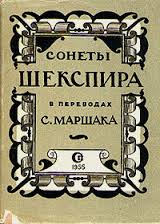

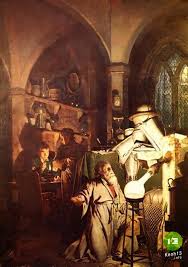

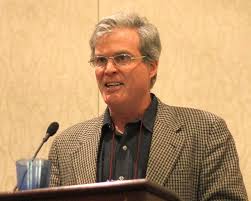
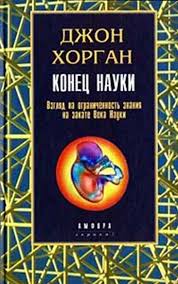
 может заставить Рене дать строгие доказательства сформулированных им теорем, но один маститый коллега сказал ему:
может заставить Рене дать строгие доказательства сформулированных им теорем, но один маститый коллега сказал ему:  Вот и Том решил попытаться приложить свои математические результаты к сложнейшему биологическому явлению — онтогенезу (а также мышлению и развитию языка). Однако его абстрактный подход встретил прохладное отношение со стороны эмбриологов, да и не мудрено — вряд ли их могло вдохновить, например, такое его высказывание:
Вот и Том решил попытаться приложить свои математические результаты к сложнейшему биологическому явлению — онтогенезу (а также мышлению и развитию языка). Однако его абстрактный подход встретил прохладное отношение со стороны эмбриологов, да и не мудрено — вряд ли их могло вдохновить, например, такое его высказывание: допускающие разночтений аргументы. Но и такие аргументы при попытке их публикации отклоняются «профессиональными» рецензентами даже без рассмотрения! Речь идёт о теории относительности, и прежде, чем написать Вам, я обращался ко многим членам РАН с просьбой помочь с публикацией или хотя бы подтвердить справедливость доказательства, но самый доброжелательный ответ, который я получил, это совет не связываться.
допускающие разночтений аргументы. Но и такие аргументы при попытке их публикации отклоняются «профессиональными» рецензентами даже без рассмотрения! Речь идёт о теории относительности, и прежде, чем написать Вам, я обращался ко многим членам РАН с просьбой помочь с публикацией или хотя бы подтвердить справедливость доказательства, но самый доброжелательный ответ, который я получил, это совет не связываться.